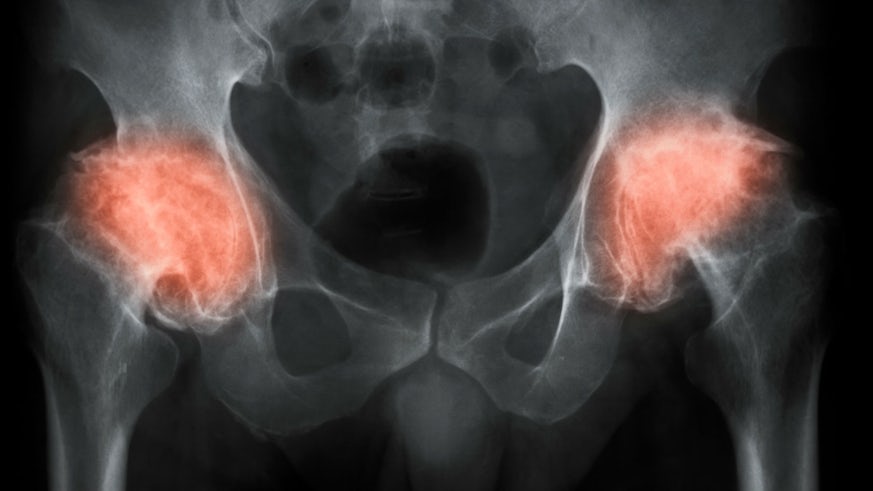Understanding causes of musculoskeletal diseases
16 February 2018

How the size, shape and structure of bones and joints contribute towards the development of common age-related diseases such as osteoarthritis and osteoporosis will be investigated by an international research team thanks to a £1.6 million Wellcome award.
Musculoskeletal disorders are a leading cause of disability in the UK’s rising aging population, primarily due to low back pain, fractures and diseases such as osteoarthritis. The total cost of joint replacement and hip fracture surgery is approaching £9.5bn annually and represents a major burden on society and the NHS. The study is intended to reduce the impact of these common musculoskeletal disorders by providing a basis for improved means of disease prediction, prevention and treatment.
The study - a collaboration led by Professor Jon Tobias from Bristol and involving researchers from Cardiff, Manchester, Southampton, Aberdeen, and Queensland universities – will use a combination of scans and genetic data from around 100,000 40-to-69-year-old men and women who were recruited to the UK Biobank study.
The team will explore how the size, shape and structure of hips, knees and spines contribute to the development of fractures, osteoarthritis and back pain. The findings will then be used to develop novel strategies for identifying those at risk, slowing disease progression and treating those with established disease.
Dr Deborah Mason, from Cardiff University’s School of Biosciences, said: ‘We are particularly interested in revealing the mechanical drivers of musculoskeletal diseases and have developed a 3D bone model to identify mechanical responses in bone. This model, originally developed in the Arthritis Research UK Biomechanics and Bioengineering Centre, will be used to reveal whether genetic variants that are associated with the development of fractures, osteoarthritis and back pain have a mechanical basis. Understanding these processes could reveal new risk factors for these important diseases and improve targeting of physical and pharmacologic therapies.”
Professor Jon Tobias, from the University of Bristol, added: “The sheer scale of UK Biobank in terms of the number of participants involved and detailed amount of information collected represents a unique resource for the international research community. This study will help us to realise the potential of UK Biobank for understanding the causes of common diseases and reducing their impact on health.”


